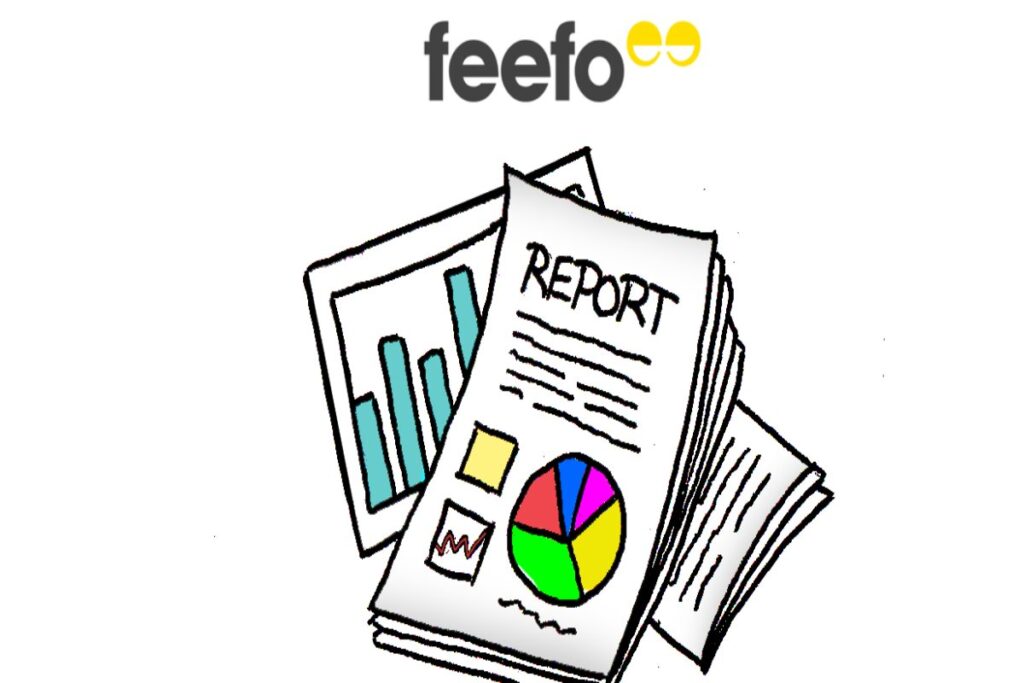CX (customer experience) trends, predictions and forecasts have been in the works for a few years now. But who could’ve predicted the technological advances of an unforeseen global crisis? McKinsey reports that digital transformation accelerated operations by three to four years at the beginning of the pandemic — so what does this mean for businesses who are ready to ride the CX wave?
Feefo has just released its annual CX report with a retrospective review of the trends forecasted to come to light in 2021. You can read more and access the full report. So, were the CX experts right in 2020? And what can we expect in 2022? Let’s explore.
1. Agile CX
Agile ways of working have been adopted by businesses for a while now, allowing teams to quickly switch between projects and priorities and work remotely while staying in the loop. In Feefo’s 2020 CX report, it was predicted that we’d see an increase in agile digital and CX capabilities, combined with a focus on “customer obsession”. Of course, customer obsession is nothing new — Amazon first pioneered the term years ago. But don’t be alarmed — businesses don’t need to believe “the customer is always right” to be obsessed with their customers. Customer obsession focuses on creating the best experience possible for customers to suit their needs.
2021 has undeniably shown signs of the emergence of customer obsession. Businesses are adopting and embracing technology to serve customers wherever they are, in the method that suits them best — such as Whatsapp or social media customer service.
The report suggested (and continues to for 2022) that there are three key elements to a business’ recovery plan:
- People — hiring staff with the expertise to deliver successful CX
- Process — implementing processes that help deliver strong CX
- Technology — putting the technology in place to meet customers’ needs, demands and expectations
A leading example of this was British supermarket Tesco who adopted technology, created new processes, and embarked on an ambitious recruitment drive that saw their home delivery service scale from 600,000 to 1,500,000 customers a week.
2. Adapting to Shifting Customer Behaviour
With ‘new’ online shopping behaviour set to stay for the long term, and with businesses of all shapes and sizes adapting to an online-first experience, permanent adaptations are needed for business success. While most businesses added temporary measures for the pandemic, permanent digital transformation is critical.
Digital Transformation Officer at Conga, Ash Finnegan, predicted in 2020 that speed and an effortless experience would be vital to meet customer expectations. While there’s still an element of uncertainty for businesses, now is the time to embrace a full digital transformation with the long term in mind.
3. Hyper-personalisation
One-to-one personalised experiences are becoming commonplace as a customer expectation. In fact, the marketing platform SmarterHQ found that 72% of customers would only respond to or interact with a brand’s messaging if it was personalised to them.
Led by household names such as Netflix, Nike and YouTube, hyper-personalised experiences provide relevant content or information for customers as individuals, rather than sending communications by cohort or data segment.
While there have been signs of adoption in 2021, this is set to be a big trend for 2022 and beyond. And, it’s not out of reach for smaller businesses. In fact, it relies on one thing: accurate data. This means we can expect to see investment in data, integrated data collection methods, and more relevant customer experiences in the year to come.
4. Employee Experience (EX)
Dubbed “The Great Resignation”, consumer and employee expectations have shifted permanently as a result of the pandemic. A re-evaluation of priorities, work-life balance and health mean that businesses can no longer get away with providing a poor EX.
As a result of this — and the dire need to hire and retain staff in sectors such as hospitality, retail and leisure — we can expect to see more investment in HR, with a renewed focus on mental as well as physical employee health and wellness. Ultimately, satisfied employees can help bolster the CX supply chain. Without them, customers won’t get fast responses, helpful information or their orders on time.
5. Predictive Customer Insights
With data science and AI leading the way in CX and customer expectations increasing at a vast pace, predictive customer insights are the next step forward for 2022. By using accurate customer data and analytics, businesses are able to accurately predict the customer journey and discover drop-off points.
Customers want a good customer experience on all channels, including a business’ website, social media, advertising, and customer service communications. Delivering relevant information at the right time for customers is going to live key in the coming year and has been shown to increase margins by up to 60% for businesses that get it right.
Conclusion
Feefo’s CX report has assessed the landscape over the last year with plenty of predictions for the months and years ahead. A common theme throughout all 2022 CX trends appears to be data, AI and providing relevant communications at the right time throughout the customer journey to meet growing customer expectations. With all of the 2021 predictions coming to light throughout the year, this annual report and its vision for 2022 is one to watch!
Helpful sources:


